Multi Crew Pilot License (MPL): Top Training Programs
Jun 24, 2025
A multi crew pilot license (MPL) allows you to fly as a co-pilot in commercial airlines, with a focus on teamwork and modern aviation skills.
ICAO developed the MPL to train you in airline operations from the very beginning. This article covers everything you need to know about the MPL, its benefits and what the training involves.
Key Takeaways
-
The Multi Crew Pilot License (MPL) is designed to prepare pilots for multi-crew aircraft operations, with the competencies required for modern airline operations.
-
MPL programs have 80% practical training in multi-pilot environments, so you’ll be job ready.
-
MPL holders have established connections with training providers and airlines, often leading to direct job placements upon graduation.
What is a Multi Crew Pilot License (MPL)?
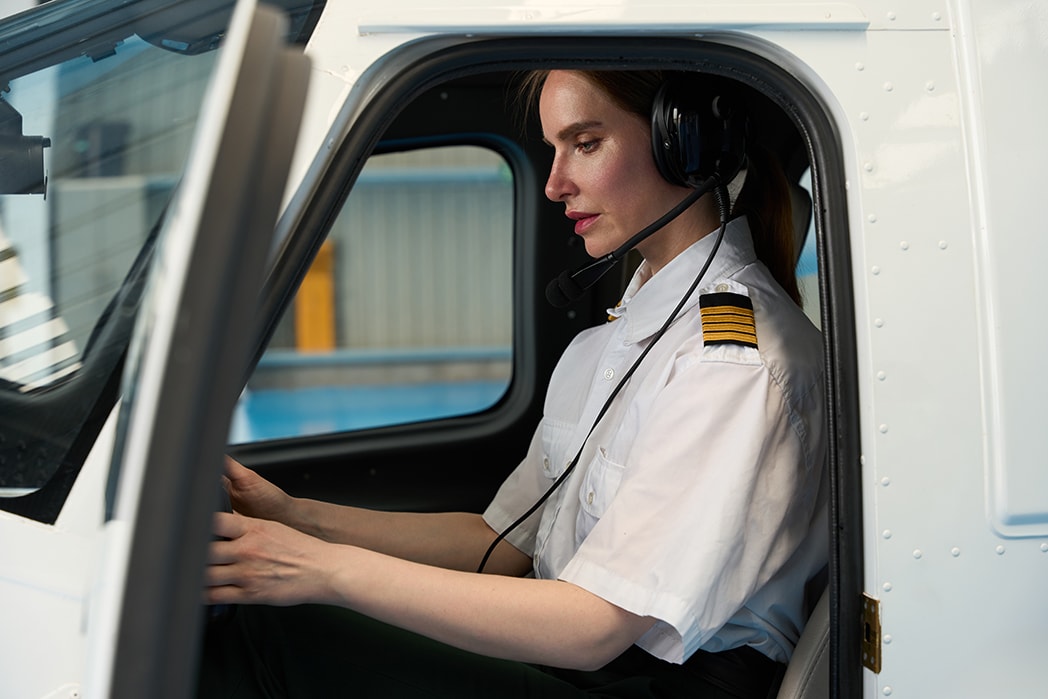
The Multi Crew Pilot License (MPL) is a specialized license that allows you to fly as a co-pilot in multi-crew aircraft.
Developed by the International Civil Aviation Organization (ICAO) in 2006, the MPL was created to address the changing needs of the industry by focusing on multi-crew operational skills from the very beginning of pilot training.
Many aspiring pilots start their journey with a student pilot permit before advancing to more complex licenses like the MPL. The multi crew pilot license was designed to make pilots more effective in a team environment.
Unlike traditional pilot licenses, the MPL program is designed to prepare you for airline operations from the start. Training is heavily focused on airline operational competencies rather than general flying skills. As a result, MPL holders are ready for the demands of modern commercial aviation, automated systems management, teamwork and communication.
Authorized to fly as co-pilots in commercial air transport, MPL holders are highly sought after by airlines. The MPL develops professional pilots who can fly in a multi-crew environment, meeting the industry’s growing need for skilled pilots.
Benefits of Obtaining an MPL
One of the big benefits of multi crew pilot license training is the focus on practical, multi-pilot experiences. MPL training spends 80% of the time in multi-pilot environments which is what modern airline operations is all about. This way aspiring pilots get the skills and confidence to perform in real world scenarios.
Also the Competency Based Training and Assessment (CBTA) used in MPL programs is known for producing skilled pilots.
CBTA tackles the complexities of modern civil aviation by focusing on the specific competencies required for airline operations. This way training is better, and graduates are better prepared for the dynamic aviation industry.
Eligibility Criteria for MPL Programs
To join an MPL program, candidates must meet certain criteria. Firstly, they must be at least 18 years old and have a Class 1 medical. This means candidates are physically and mentally fit for the training.
If you are curious about, when can you get your pilot's license, it’s important to understand that MPL programs have specific age and training hour requirements that differ from traditional pilot licenses.
Also, the MPL program requires a minimum of 240 hours, including simulator training. Out of these, at least 40 hours must be in an actual aircraft, with a minimum of 12 take-offs and landings. This gives candidates enough practical experience before moving on to more complex training.
Comprehensive Training Structure of MPL Programs
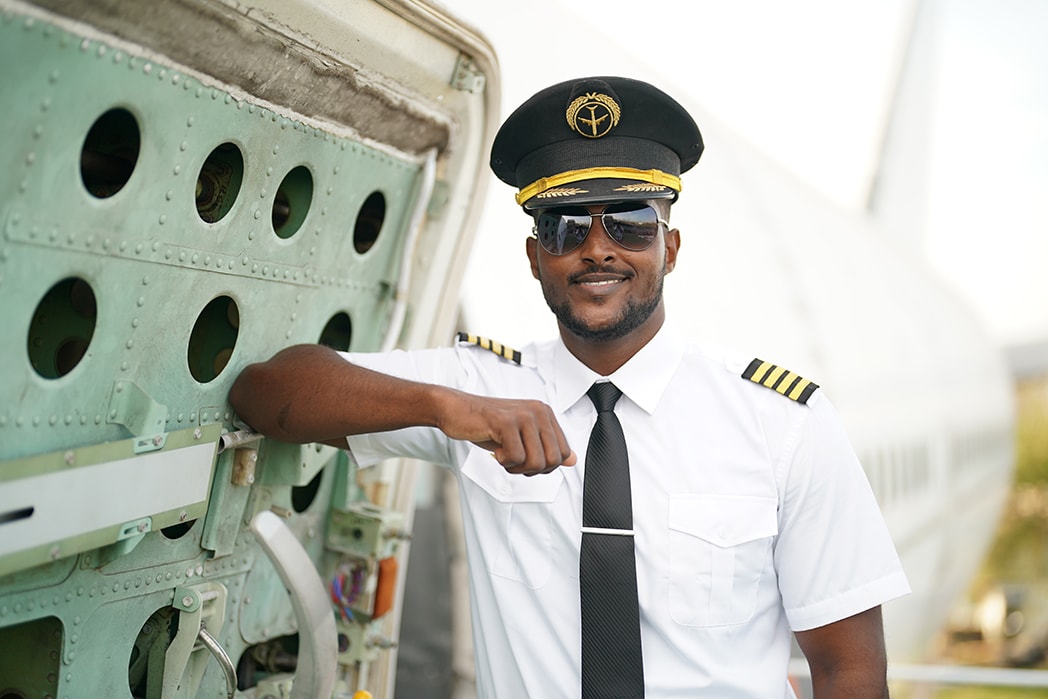
MPL programs provide a holistic training experience, with ground school, flight training and simulator training. This ensures aspiring pilots develop the technical, procedural and interpersonal skills for multi-crew operations.
The training is broken into 6 condensed phases, which reduces the overall training time while maintaining high standards. These phases cover:
-
Aviation fundamentals
-
Single pilot operation
-
Multi-crew decision making
-
Advanced navigation
-
Flight planning
This way pilots are well prepared for the complexities of airline operations and gain a thorough understanding of the pilot licensing process, equipping them with the necessary skills to succeed in their careers.
Ground School
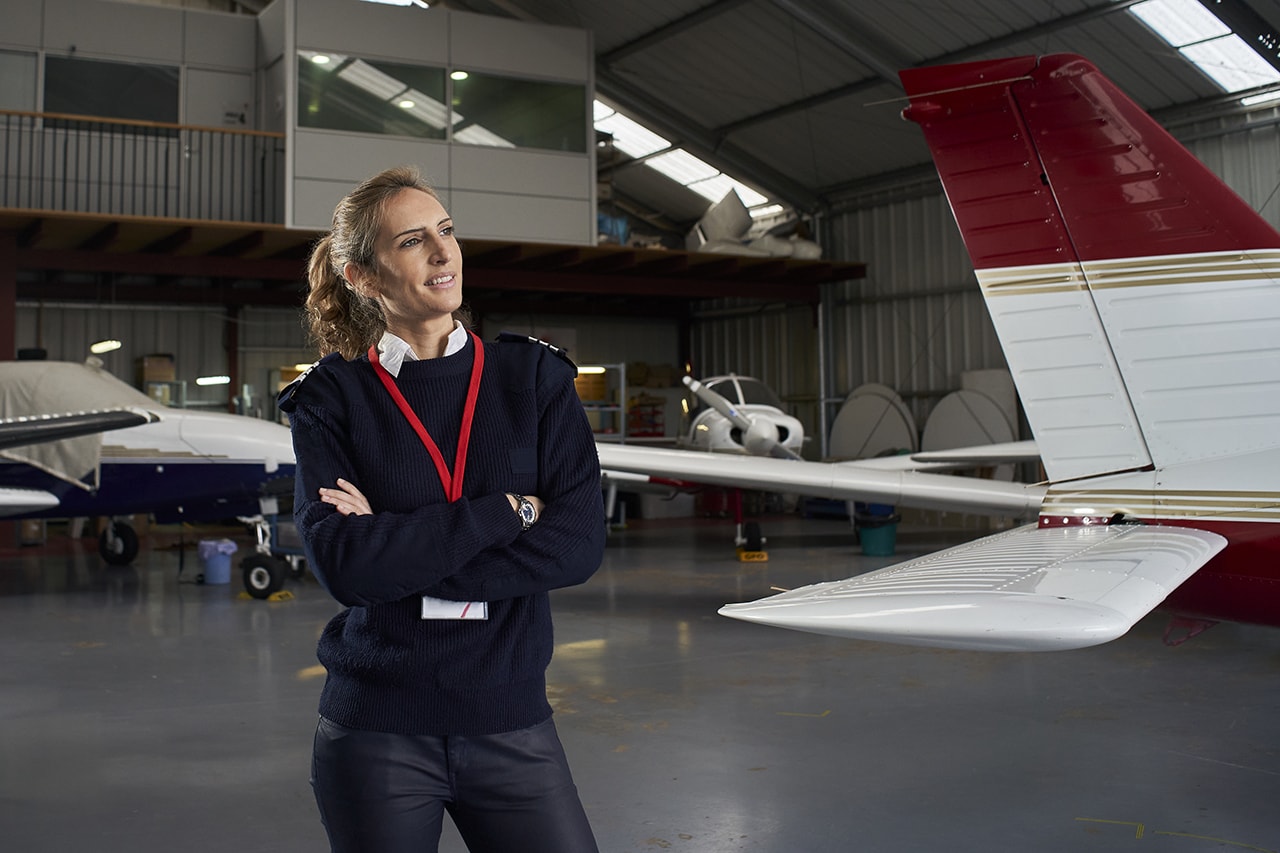
The first part of MPL training is ground school where candidates complete 750 hours of classroom theory. This phase covers:
-
Air law
-
Aircraft systems
-
Human factors
-
Airspace regulations
-
Navigation
-
Meteorology
-
Operations
These subjects give aspiring pilots a solid foundation in aviation theory and safety.
Ground school can be done in Lithuania, Spain (Lleida-Alguaire flight base) or online. The flexibility in location allows you to choose the most convenient option for you.
During this phase you will be taught by experienced instructors who will provide you with technical knowledge and exam materials from the Federal Aviation Administration (FAA).
Theory is delivered through online theory, interactive simulations and computer based training practice so you will understand better. This combination of learning methods prepares you well for the practical part of your training and makes you a competent and confident pilot.
Flight Training
Flight training is part of the MPL program and gives candidates hands on experience in real aircraft. Base Training involves flying under supervision, usually 6 takeoffs and landings. This phase allows students to practice multi-crew operations in advanced jet aircraft and get basic flight training for commercial flying.
Another important part is Line Training where students fly real revenue flights with passengers. Key aspects of Line Training are:
-
Flights are monitored by a Line Training Captain who gives feedback and mentoring.
-
Helps candidates to hone their skills in a real world environment.
-
Typically 40 to 100 flight sectors depending on airline procedures. Line Training is essential for candidates to train effectively.
To demonstrate readiness for independent flying pilots must pass a Line Check with a Check Captain. This final assessment ensures candidates are ready to be a commercial co-pilot.
Simulator Training
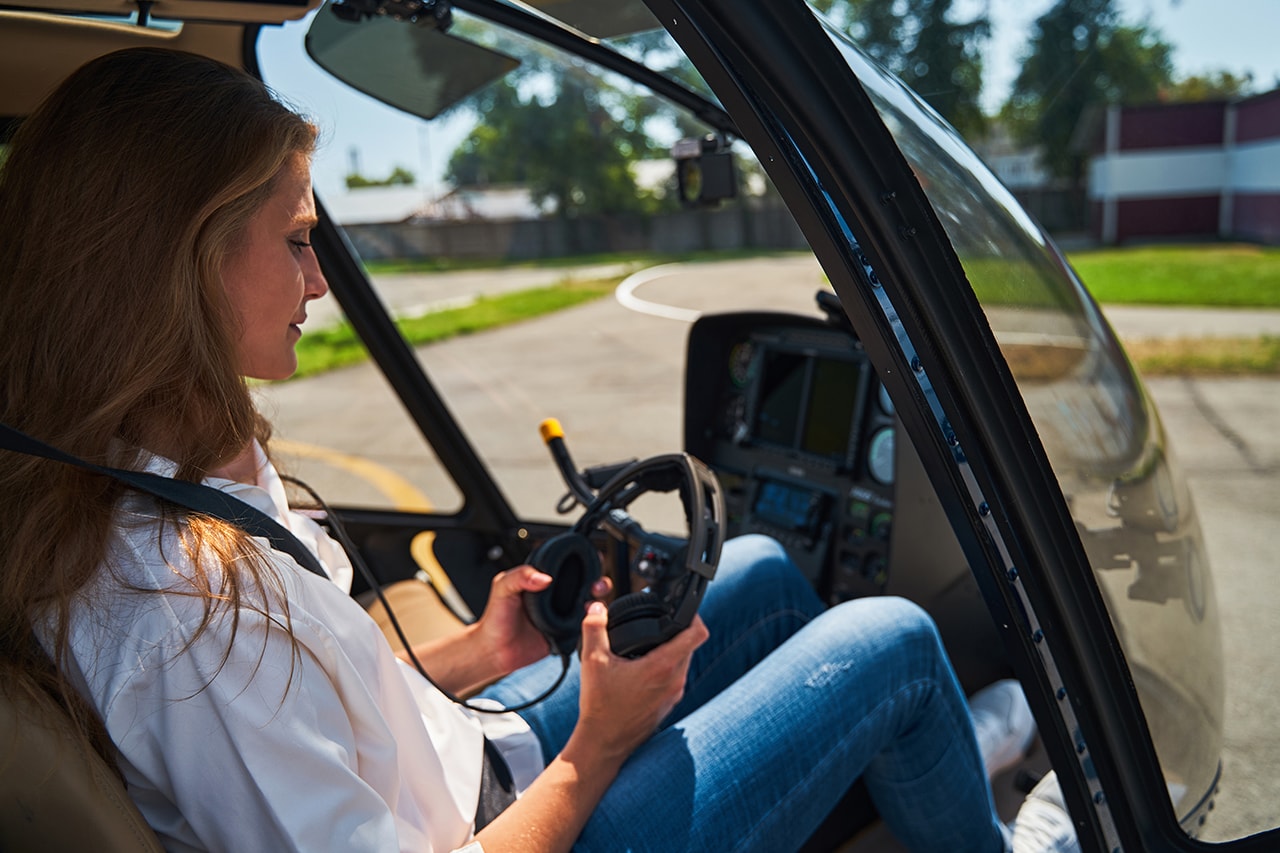
Simulator training is a key part of MPL programs and uses high-fidelity flight simulator technology to develop practical skills. Many sessions are based on line oriented flight training , which replicates full flight operations to enhance decision making, crew resource management, and situational awareness. These modern flight simulators have:
-
Latest technology, motion and visual systems
-
Realistic training
-
Pilots can practice complex scenarios in a safe and controlled environment.
A big part of simulator training is the Type Rating course which takes about 2 months. This course is required to fly specific jet aircraft and ends with an endorsement on the pilot’s licence. Simulators used for Type Rating are replica of real cockpit environment so pilots are well prepared to fly their assigned aircraft types.
Integrating Type Rating into MPL programs eliminates the need for additional certifications and streamlines the path to become a qualified co-pilot. This way MPL graduates are ready for modern aviation especially when pursuing an integrated ATPL.
Competency-Based Training Approach
MPL programs are competency based from the very start, focusing on the skills needed for team based environments of modern aviation.
It trains pilots to handle real world scenarios with precision and confidence. Teamwork, decision making and communication are key to airline operations and MPL programs prepare pilots for that.
A key part of competency based training is Threat and Error Management (TEM). TEM training increases aviation safety by teaching pilots how to identify and mitigate threats and errors during flight operations. This way pilots are not only technically proficient but also able to manage the unexpected.
Overall this approach equips pilots with the skills to succeed in high pressure environments. Real world applications are key to MPL programs so graduates are well prepared for the aviation industry.
Airline Collaboration and Job Placement
MPL graduates often have better job prospects due to the existing relationships between training providers and airlines. These partnerships can lead to direct job placement upon graduation, making MPL a strong option within the airline pilot training pathway for those looking to get their career in commercial aviation off the ground.
Type Rating and Line Training

Type rating training is part of MPL programs and allows pilots to fly specific aircraft type. Integrated in the MPL curriculum, type rating training removes the need for additional certifications before starting an airline career.
This built-in training means MPL graduates can fly A320, B737 NG and B737 CL straight away after completing the program.
Before starting the official type rating, many MPL programs include jet orientation sessions to help cadets transition smoothly into high-performance jet operations. These sessions introduce pilots to the systems, procedures, and handling characteristics of jet aircraft.
Type rating training can be done in Vilnius or Barcelona and simulators are available in Barcelona:
-
A320ceo
-
A320neo
-
B737 MAX FFSs These are the best training facilities available and will have pilots fully prepared for their airline career.
Regulatory Compliance and Certification
Regulatory compliance ensures the safety and standardization of pilot training programs worldwide. MPL certification is aligned with ICAO standards as per ICAO Annex 1 which outlines international standards for personnel licensing.
For international recognition, MPL license holders must comply with:
-
Validation of foreign MPL requires compliance with State of Registry regulations.
-
MPL program is compliant with FAA regulations.
-
Compliance with global and national standards means MPL graduates can fly in various aviation markets.
How to Choose the Right MPL Program
Picking the right MPL is a big decision that will shape your career. Research all the MPLs to understand what they offer and how they fit with your career goals. Consider the training schedule, the institution’s reputation and their airline partnerships.
Be prepared for a tough training schedule as the MPL course programs require a big time commitment. Make sure you are ready to put in the time and effort to complete the program.
Researching your options will help you pick the right MPL for you and a clear pathway to becoming a professional pilot even if you want to fly solo.
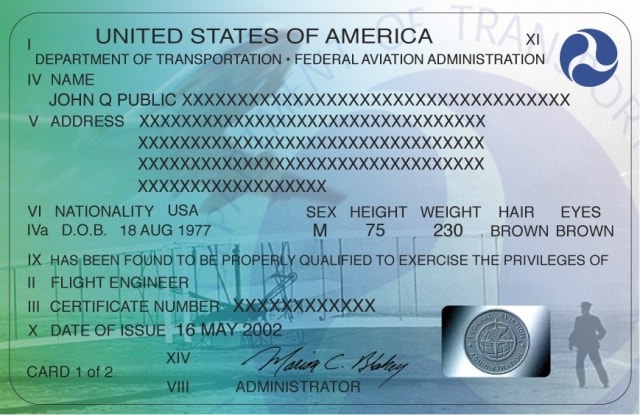
Summary
In short, the Multi Crew Pilot License (MPL) is a specialized and fast track to get into commercial aviation. With a focus on multi-crew operations, competency based training and strong airline partnerships, MPL programs give you the skills and experience to be a co-pilot in modern airline operations.
Now you know the structure, benefits and requirements of MPL training, make an informed decision to go for it.
The success stories of MPL graduates and the comprehensive training provided by these programs proves they work. Take the next step to your aviation career with confidence, knowing the MPL pathway will take you to new heights.
